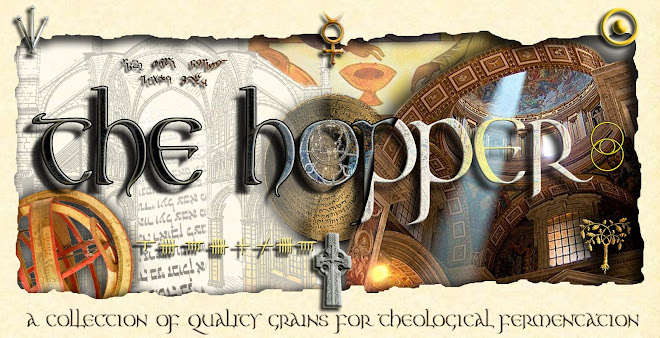As I walked through Christ’s Church United Methodist on Park Avenue in Manhattan, I was struck with amazement by two converging facts: 1. This church was grand, beautiful and fostered an awareness that you stood in a space that had been hallowed for the public gathering of Christian worship. The doors were unlocked and anyone could wander in off the streets and dwell in this stunning space. 2. The grandeur of this place was financed by poor immigrants during the Great Depression.
As I walked through a mega church from my own tradition, I was struck with wonder by two parallel converging facts: 1. This church was big, functional, and spared no expense in lighting and audio/video technology, but spared every expense when it came to art and architecture. 2. The underwhelmingly enormous building was financed by upper class citizens during one of the wealthiest time periods of American history.
Since I grew up in a church like this, I heard first hand the rational for building a church in such a way. The rhetorical question was continually asked, why spend so much money on superficial things when all we really need is a building that can shelter as large a group as possible for occasions ranging from worship to basketball. After all, we do not need a building to worship God. Like Judas, we often wondered why anyone would waist money on such a senseless act of worship when that money could have gone to the poor (John 12).
But these questions rattled around in my head as I wondered through the church built by poor immigrants during the Great Depression. “Why was this money not given to the poor?” Well, these people where the poor, and what did they do with that money? They built a public space that could house a king. But not just any king, their king – a king that that shares his space with the poor. It goes without saying that these poor immigrants devoted their money to create a space that was the worlds apart from their private homes.
But what about the rich upper class mega church? Was this functional building worlds apart from their private homes? Yes, but in the opposite ways it was s
There seems to be an interesting tension between churches built by a predominantly poor community and churches built by a predominantly rich community. The poorer community will devote a higher percentage of their income to provide a space for worship that far exceeds the grandeur of their own homes. But the richer community will give more money, but less of a percentage of their necessary income, to build a space for worship that is “functional” because, as Judas says, this money could go to the poor.
How is it that the rich can have a problem with devoting too much money to a church building, seeing it as superficial or not a good investment or that it could go to the poor, but have no problem buying and living in $500,000 homes? It seems that if we have a problem with one, we should have a problem with the other? It is interesting how we pose such questions to a church building, but we do not pose it to our own lives.
I have now lost count with how many people who see it as their right to spend as much money on themselves, as long as they have given their “tithe” to the church. I have posed a specific question to numerous people in countless conversations:
If a Christians makes $200,000 thousand dollars a year, and has tithed $40,000 (which is 20% annual income) as well as devote time 20% of their weekly time for service in church ministries, then is it acceptable for them to buy a $60,000 Ferrari, make payments on a $500,000 home, and spend $50,000 on clothes, as long as they are not in debt (other than the home lone)?
The answer I get is always a resounding yes. In fact, many of the people I’ve posed the question to look at me like I’m crazy for even implying that there would be a problem with this.
April 30, 2008
Houses Built with Human Hands
Subscribe to:
Comments (Atom)




